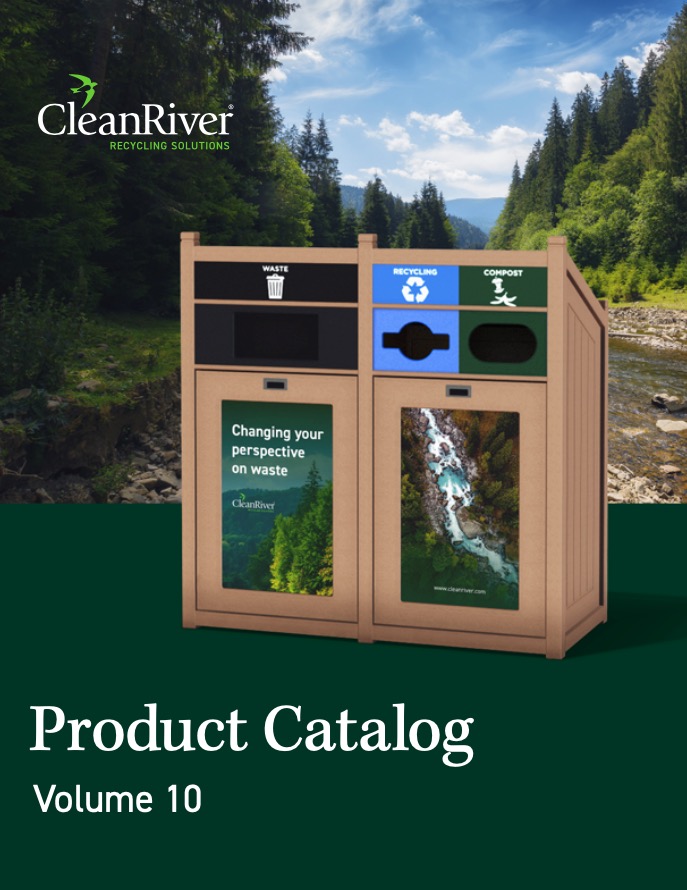Share
From leftover food and packaging and even old kitchen supplies, the food industry produces a lot of waste. Restaurants, bars, and fast food chains will find that reducing the amount of waste and increasing the amount they recycle will have a big impact on their waste disposal costs.
Recycling programs not only reduce waste and save money, but they promote a sustainable image to restaurant patrons. There is so much public and consumer focus now on sustainable and eco-friendly businesses. According to Forbes Magazine, millennials prefer to buy from brands with a pro-social message and sustainable methods. It’s important for restaurants to make that connection to reducing their carbon footprint and become more environmentally friendly by putting a recycling program in place. Doing so is just another way to better serve your customers.
With just a dash of time and a cup of dedication, you can get your restaurant’s recycling program baking in no time. Just follow CleanRiver’s Recipe for Restaurant Recycling Programs:
1. Conduct A Waste Audit
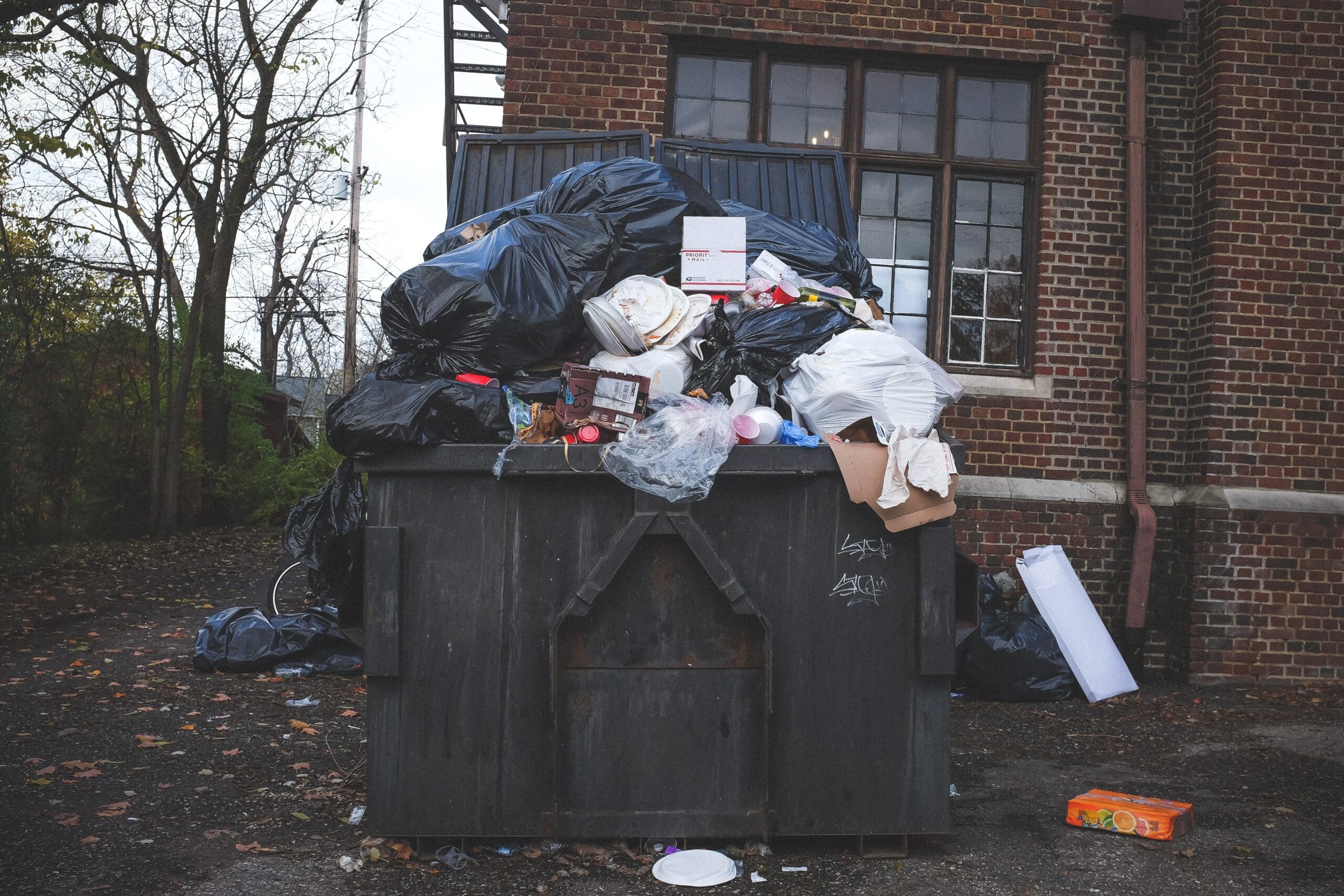
You can’t manage what you don’t measure. Conducting a thorough waste audit is critical to help you gain a better understanding of where your restaurant currently is in terms of waste management. It will also help you identify opportunities for efficiency and improvements; for the environment and your bottom line. To find everything you need to know about how to conduct an effective waste audit check out our eBook: A How-To Guide for Waste Audit Success or our Waste Audit Toolkit.
2. Start Simple
Start with items you can easily separate and recycle. Items such as cardboard are an extremely common material in the restaurant industry and can take up a large percentage of your dumpster.
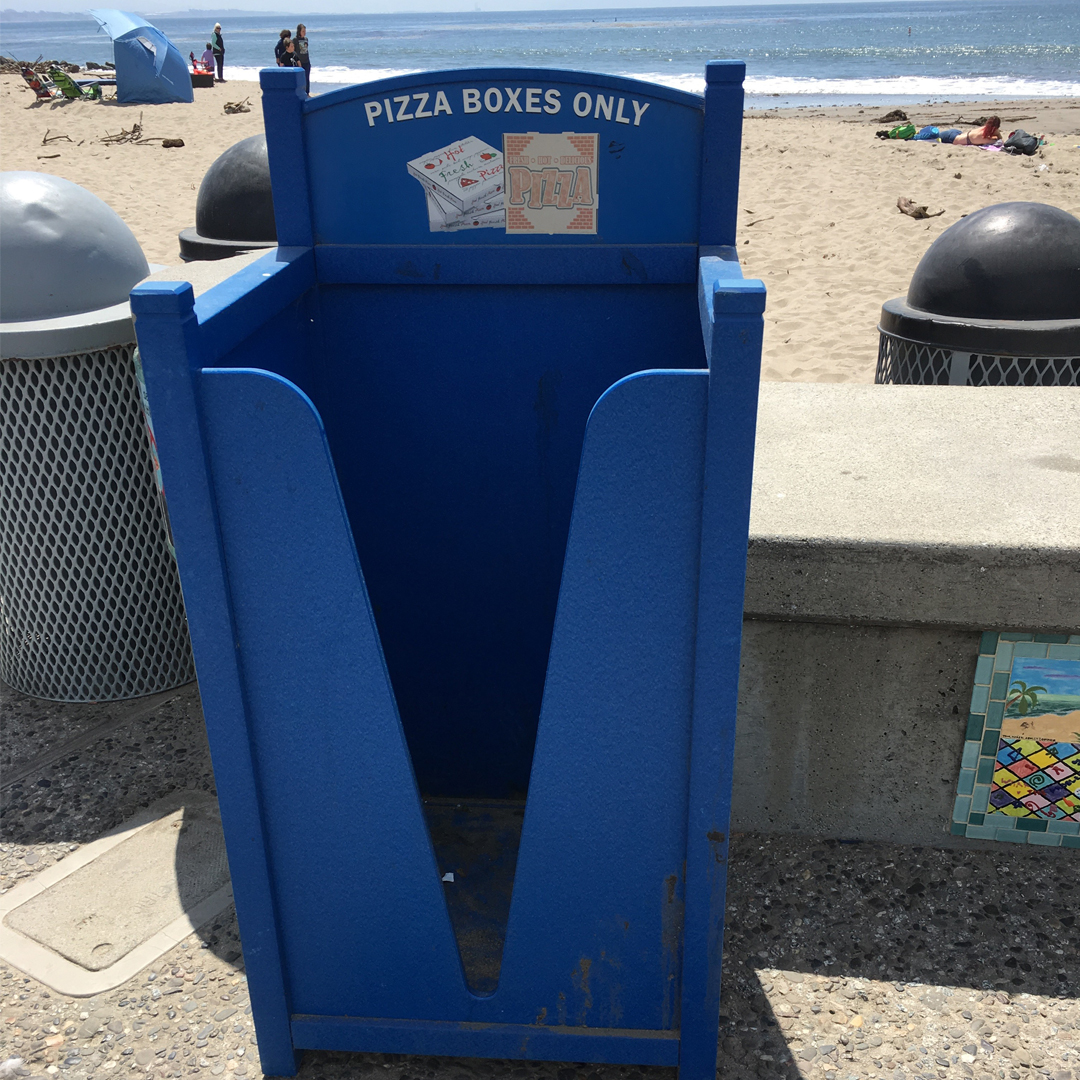
3. Waste Less
When it comes to the 3Rs of recycling and actively increasing your waste diversion rate, the best thing your facility can do is REDUCE. This means focusing on your supply stream, and what you bring into your restaurant. Promote your recycling program to your suppliers and work to bring in only items that are recyclable or compostable. If you can control what is coming into your restaurant, you have a much better chance at diverting more waste from landfill because the waste your restaurant is producing is already recyclable, reusable, or compostable.
Waste less with some of these simple tips:
- Work with your suppliers to help manage your packaging
- Use returnable or re-usable transit packaging for fruits and veggies
- Serve drinks on tap, and offer refillable bottles
- Change menu to reduce leftovers
- Offer takeaway compostable containers to avoid food waste
- Reduce food spoilage by reviewing stock management and inventory regularly
4. Don’t Forget To Compost
According to the EPA, 60-80% of garbage produced by restaurants is food waste. Organic waste is a valuable resource that can be composted to produce soil fertilizers to enhance soil quality and reduce soil erosion. By choosing to separate organics for composting, you can divert more waste from landfill, lower your waste hauling fees, and make a positive impact on the environment.
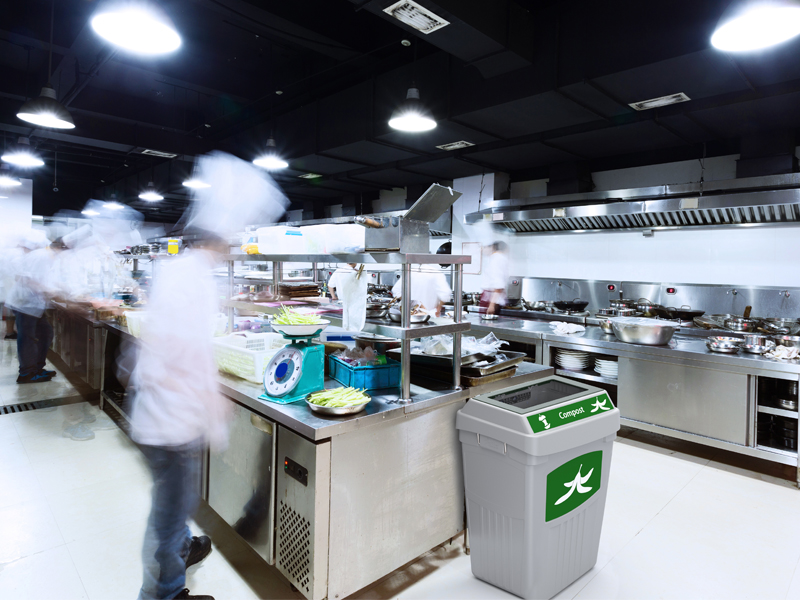
Check your municipal or waste hauler guidelines, but to get you started, here’s a general list:
What You Can Compost:
- Food scraps
- Fruit & vegetable waste
- Coffee grinds & filters
- Tea bags
- Compostable plates, cutlery & take-out containers
- Cardboard sleeves from hot beverage cups
- Paper towels & napkins
What You Can’t Compost:
- Oil, fat, and grease
- Toxic materials
- Coffee cups
- Glossy or coated paper
- Sticky labels on fruits & vegetables
5. Get The Bins Right
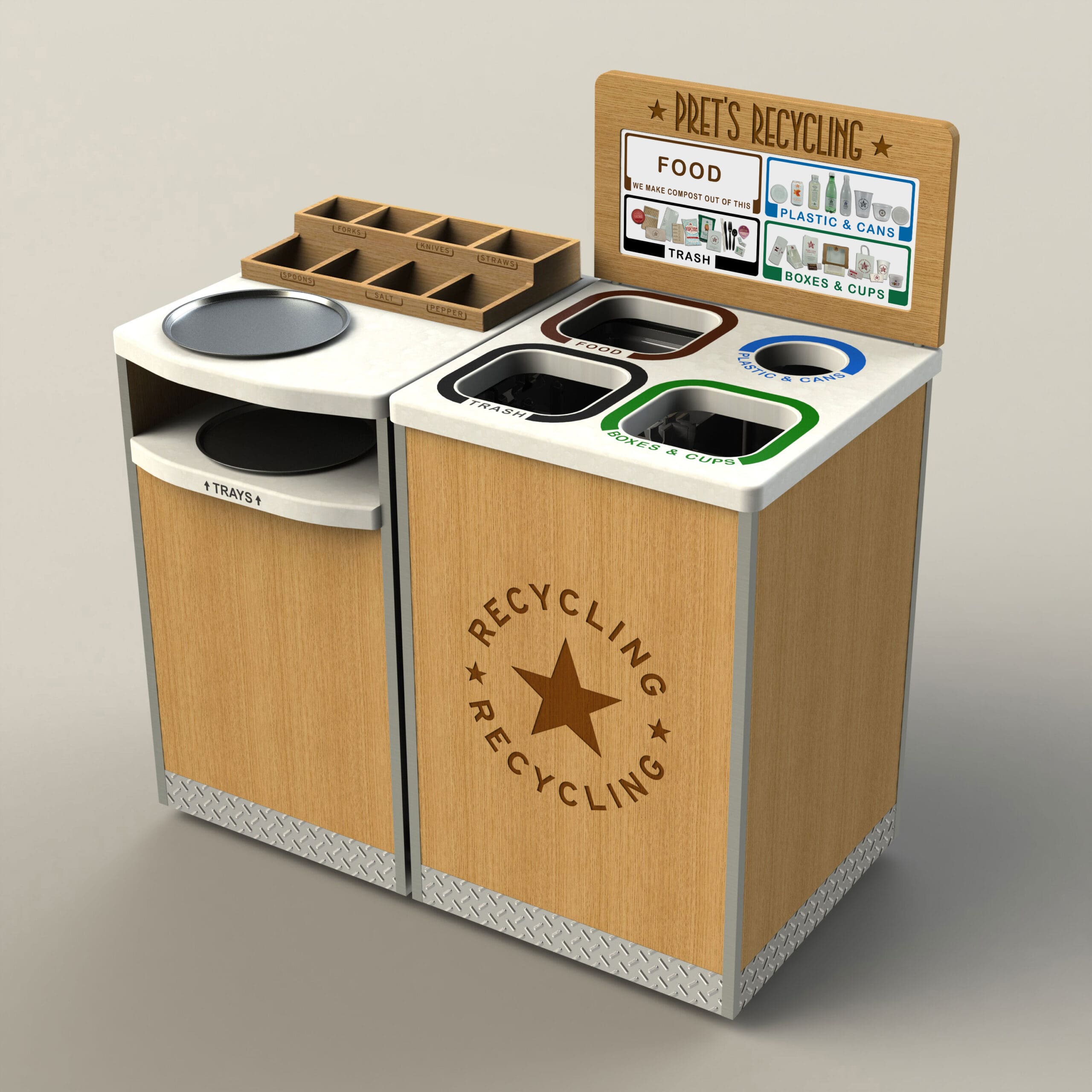
Recycling bin design and location are crucial to any restaurant recycling program. Once you determine collection points, how many different streams you will be collecting, and how many units you need throughout your facility, you are ready to order your bins.
We’ve outlined five tips for you to consider before buying recycling bins for your restaurant. Check out 5 Pro Tips For Buying Recycling Bins to help you get it right.
6. Nail Your Recycling Bin Graphics

Restaurant patrons have 2-3 seconds to decide what to do when disposing of their waste. If graphics are unclear of what goes where, it leads to confusion and high levels of contamination. From showing people exactly what goes where, to communicating your sustainability message, graphics are an extremely powerful component of any recycling program, but too often we see companies missing the mark. Graphics that stand out and clearly communicate what needs to go into that bin are critical for success.
Boloco Globally Inspired Burritos used a custom Transition® TIM unit with detailed backboard graphics that included images of Bologo-specific packaging, with an added plate collection tray to increase their diversion rate.. and it WORKED!

Check out our guide on the Best Practices in Recycling Graphics for more help with your recycling bin graphics.
7. Choose A Champion To Lead The Recycling Program
Elect an enthusiastic employee to lead the recycling program, advocate, communicate and train the employees. Employee engagement is key to any recycling program’s success. They need to understand the importance of properly separating waste and how to identify which streams items belong in. Your champion should be in charge of communicating the benefits of the program to staff so they have a clear understanding of why it’s being implemented. Offer rewards and incentives once the program has started to encourage effective recycling practices. Ask your champion to make signs and posters for the-back-of-house, around the kitchen, and employee area to help remind everyone to keep up with the program, and to establish clear guidelines for the different recycling streams.

Include your recycling program in the employee handbook so it is part of their training program and job expectations. Your recycling champion should be responsible for measuring, reporting, and ensuring that information is shared and celebrating any small wins.
For more help with implementing an effective recycling program at your restaurant, check out our blogs 3 Ways To Protect Your Recycling Program From Failure and 6 Steps To Improve Your Waste Diversion Rate.
CleanRiver Recycling provides a variety of innovative, flexible and customizable recycling solutions. To determine the right solution to meet your needs, use the CleanRiver product selector.
If you have additional questions that weren’t answered in this blog post please call us at 1-888-646-4246 or email solutions@cleanriver.com.


